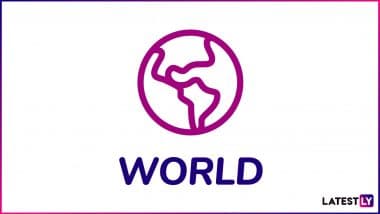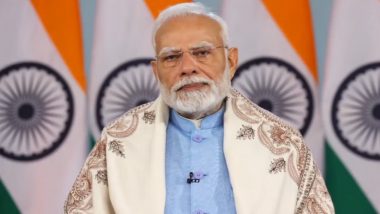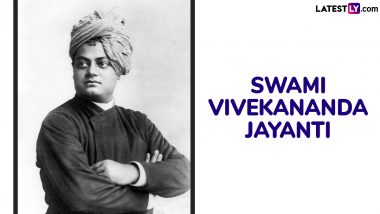Washington, Mar 11 (PTI) Violence and discrimination targeting minorities based on religion and social status are among the significant human rights facing India, an official US report claimed on Wednesday.
Despite government efforts to address abuses, a lack of accountability for official misconduct persisted at all levels of government, contributing to widespread impunity, said India section of the 2019 Country Reports on Human Rights Practices.
The Congressional-mandated annual report was released by Secretary of State Mike Pompeo. India did not find mention in his opening remarks.
In his interaction with the media, Pompeo expressed serious concerns over human rights abuses countries like in China, Iran, Venezuela, and in Cuba.
"In China, the Chinese Communist Party uses high-tech surveillance systems to monitor potential dissidents. It's imprisoning religious minorities in internment camps – part of its historic antipathy to religious believers,” Pompeo said.
"We pray for a day when Cubans, Venezuelans, Chinese, Iranians, and all peoples can speak and assemble freely without fear of their own governments,” said the Secretary of State.
The India section of the report listed out "significant human rights issues including unlawful and arbitrary killings, including extrajudicial killings perpetrated by police; torture by prison officials; arbitrary arrest and detention by government authorities; and harsh and life-threatening prison conditions."
In its report, the State Department also expressed concerns over "political prisoners in certain states; restrictions on freedom of expression and the press, including violence, threats of violence, or unjustified arrests or prosecutions against journalists, use of criminal libel laws to prosecute social media speech, censorship, and site blocking".
The report expressed its concern over "overly restrictive rules on non-governmental organisations; frequent reports of widespread corruption at all levels of government; forced and compulsory child labour, including bonded labour".
Separatist insurgents and terrorists in Jammu and Kashmir, the Northeast, and Maoist-affected areas committed serious abuses, including killings and torture of armed forces personnel, police, government officials, and civilians, and recruited and used child soldiers, the report said.
On August 5, the State Department said, the Indian government announced major changes to the constitutional status of Jammu and Kashmir, converting the state into two separate union territories.
"In the ensuing security crackdown, authorities detained thousands of residents, including local political leaders; shut down mobile and internet services; and imposed restrictions on movement," it said.
As of December the government had taken steps to restore normalcy, including partial restoration of telephone and mobile services, said the report.
Independent media were active and generally expressed a wide variety of views, the report said.
It said the law prohibits content that could harm religious sentiments or provoke enmity among groups, and authorities invoked these provisions to restrict print media, broadcast media, and publication or distribution of books.
"According to several journalists, press freedom declined during the year. There were several reports from journalists and NGOs that government officials, both at the local and national levels, were involved in silencing or intimidating critical media outlets through physical harassment and attacks, pressuring owners, targeting sponsors, encouraging frivolous lawsuits, and, in some areas, blocking communication services, such as mobile telephones and the internet, and constraining freedom of movement," said the report.
Observing that the government occasionally applied restrictions on the travel and activities of visiting foreign experts and scholars, the report said that academics continued to face threats and pressure for expressing controversial views.
(This is an unedited and auto-generated story from Syndicated News feed, LatestLY Staff may not have modified or edited the content body)













 Quickly
Quickly




















